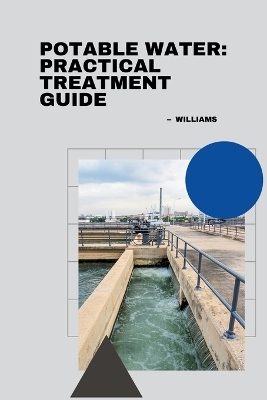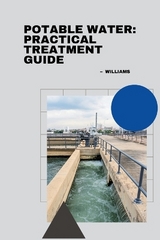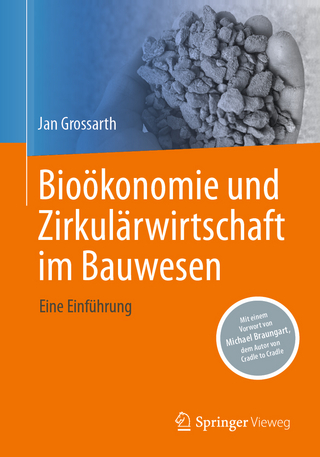This coursework master's dissertation (60 credits) has been developed as part of the author's Master's of Engineering Degree (MEng) in Water Quality Engineering at the University of Cape Town (UCT). The author currently works in the field of water and wastewater treatment, as a consulting engineer, with eight (8) year's relevant experience. The latter four (4) years have been mainly focussed on potable water treatment and rendering it safe for human consumption. During this time the author received some exposure to the chemical- and physical water treatment processes, however, it was felt that in-depth knowledge on the matter was lacking. Therefore, the focus of this dissertation pertains to potable water treatment only and its emphasis is on the following aspects: - Raw water quality: What should one test for in the raw water, when and why should you test for it and how can it be removed or used to inform the process design. - Process design: A user friendly excel based software model has been developed by the author, that enables the user to perform a process design that should be able to adequately treat most surface waters (from rivers and dams).Water is a precious and limited resource that plays a vital role in sustaining life on earth. Also, 60% of an adult human body consists of water and if not consumed in sufficient amounts, can lead to dehydration, and ultimately result in fatality. However, water does not only fulfil a critical survival need. It is also used in many other applications. For example, in the municipal sphere water is used for various other purposes, such as bathing, brushing of teeth, washing of clothes, transporting excrement (in the form of wastewater), preparing food, watering of gardens, to name but a few. In the industrial sector water can be used for cooling, food and drink production, washing etc. The list goes on and on. In most cases water in its natural form is not suitable for use in any of the above-mentioned applications and must be treated first before it is considered appropriate and safe for distribution to consumers. As such, the goal of water treatment is to take water from a raw water source, this can include; the ocean, a wastewater treatment works (in the case of re-use), aquifers, dams or rivers, and to treat the water so that it complies with local regulations and standards. In South Africa drinking/potable water must comply with SANS 241-1 (South African National Standards, 2015:1-14), and the maximum allowable limit of each determinant is listed in Tables 1 and 2 under Section 4 thereof. There are many water treatment process configurations available and there is a vast selection of technologies offered for each process step. It is often difficult to establish the right process configuration based on the physical and chemical characteristics of the water. The next challenge is to choose the right technology for each process step. Some technologies are very specific to the type of water they can treat, and it is not one size fits all. Further, other technologies are sensitive to conditions such as flow variations through the water treatment works.
Dr. Williams, for your Cell Biology course, I'd like to propose "Seeing Inside Cells: Protein Light Show." This book isn't your typical cell biology text. It takes you on a captivating journey using fluorescent microscopy, a technique that lets us see the dazzling "light show" of proteins within living cells. Imagine – we can actually visualize protein movements and interactions!
The book delves into these techniques, explaining how scientists use light to "tag" proteins and witness their crucial roles inside the cell. We'll explore how this has transformed our understanding of everything from protein synthesis to enzyme activity. But "Seeing Inside Cells" isn't just about dry science. It features stunning microscopy images that bring the protein light show to life, making complex concepts clear and engaging. Whether you're a student in your course or simply curious about the inner workings of cells, this book offers a fascinating look at the vital role proteins play in life.
| Erscheint lt. Verlag |
11.5.2024
|
| Verlagsort |
saroji |
| Sprache |
englisch |
| Maße |
155 x 234 mm |
| Gewicht |
119 g |
| Themenwelt
|
Naturwissenschaften ► Biologie ► Ökologie / Naturschutz |
| Naturwissenschaften ► Geowissenschaften ► Geografie / Kartografie |
| Schlagworte |
Affordable clean water access • Backcountry water treatment • Camping and backpacking • DIY water treatment • Easy water purification techniques • Emergency preparedness • Emergency water purification • Making water safe to drink • off-grid living • Off-grid water treatment solutions • Private well owners • Safe drinking water on the go • Sustainable living • Water purification methods • Well water maintenance guide |
| ISBN-10 |
3-384-22546-5 / 3384225465 |
| ISBN-13 |
978-3-384-22546-7 / 9783384225467 |
| Zustand |
Neuware |




